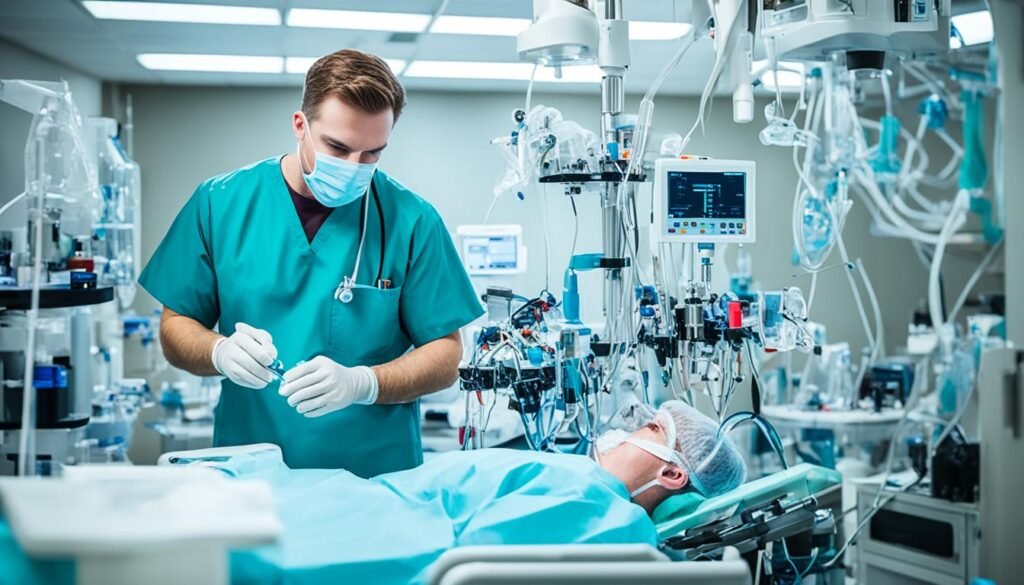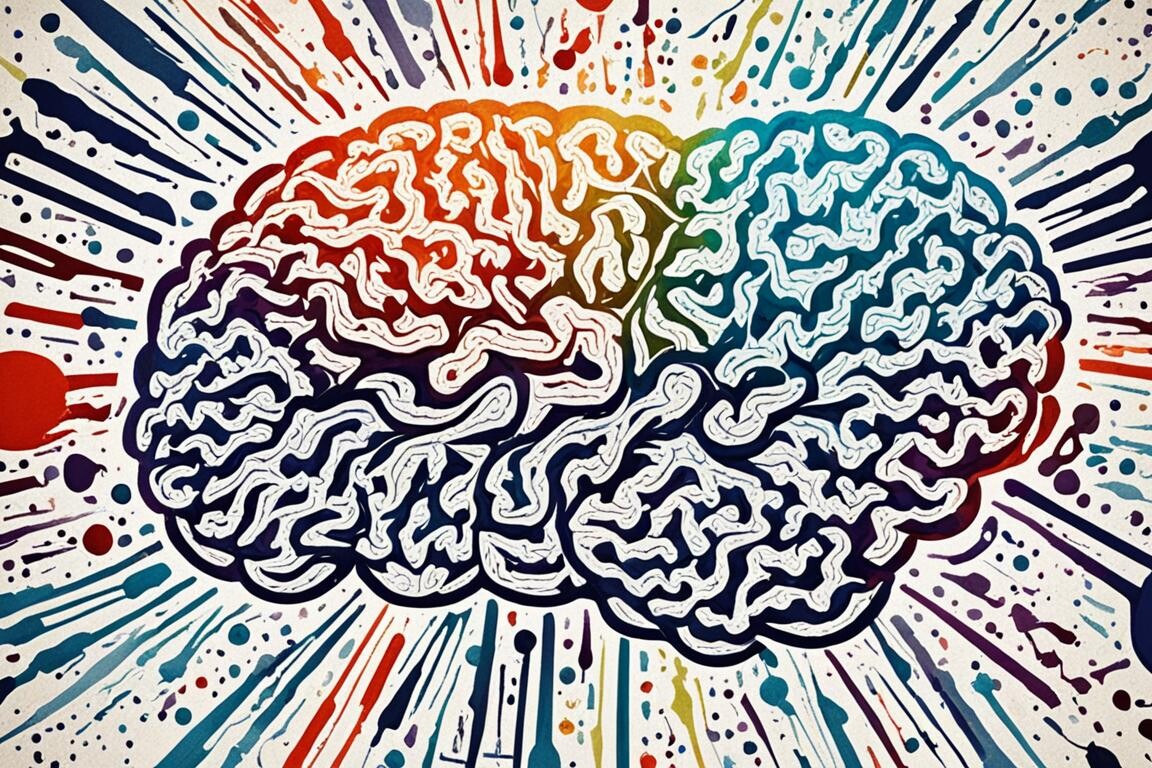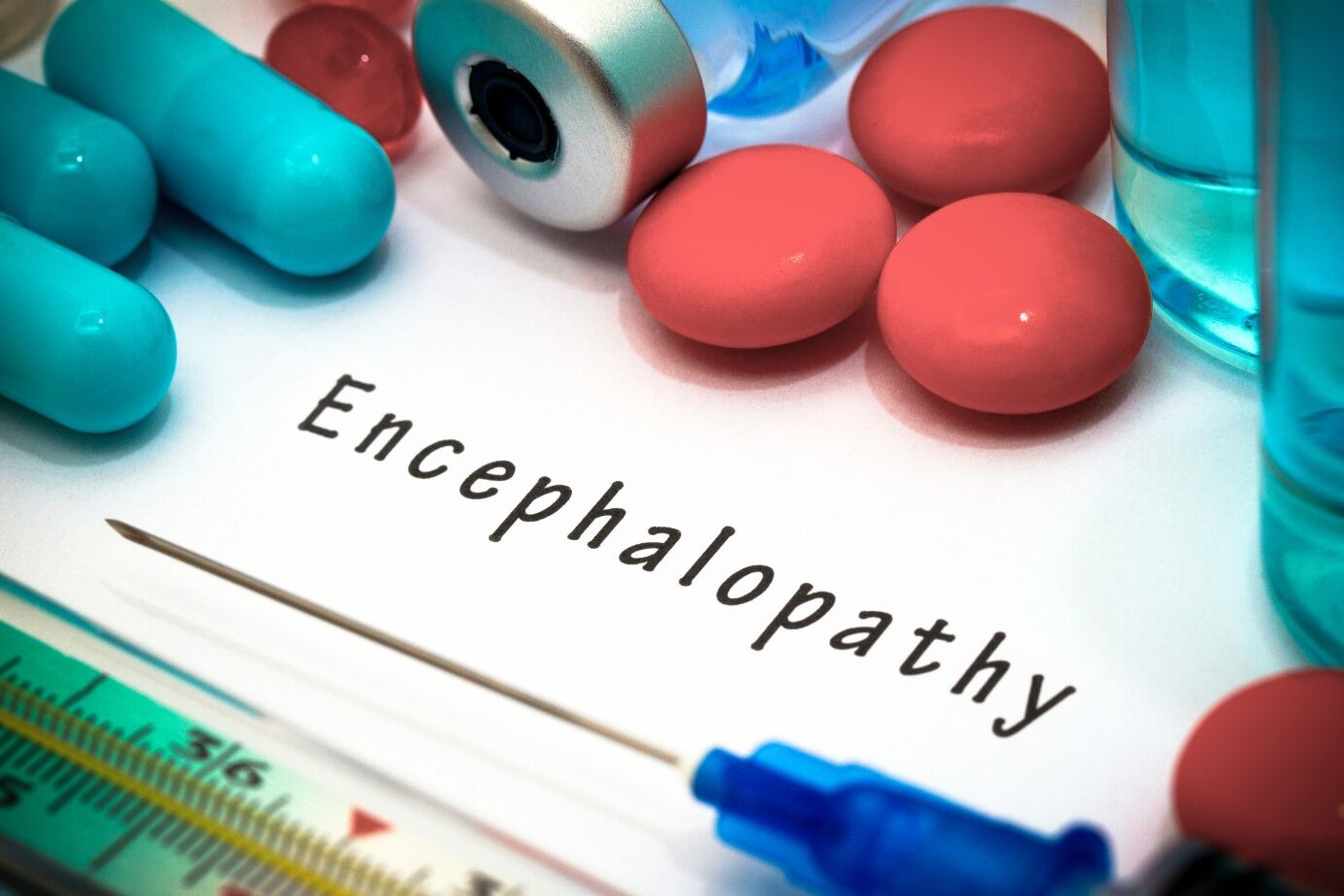Have you or someone you love been affected by repeated head injuries? Have memory problems, mood changes, or confusion become part of everyday life? You might be hearing more about CTE and for good reason. As awareness grows, so does the urgency to understand and explore real solutions. While there’s no cure yet, several options can make a real difference.
In this blog, we will explain chronic traumatic encephalopathy treatment in simple terms, guide you through what works today, and show what’s coming in the future.
Table of Contents
ToggleWhat is CTE and Why It Matters?
CTE, short for Chronic Traumatic Encephalopathy, is a serious condition that affects the brain over time. It’s mostly seen in people with repeated head injuries.
Understanding Chronic Traumatic Encephalopathy
CTE is a neurodegenerative brain disorder caused by repeated hits to the head. These hits don’t have to cause concussions to do damage. The real problem lies in the brain chemicals, especially the tau protein buildup, which spreads and causes brain cells to die.
- It leads to brain shrinkage over time
- Memory, emotions, and motor functions are affected
- Damage gets worse even after injuries stop
CTE is not just a sports issue, it’s a growing health concern across several groups.
Populations Most At Risk
Some people are more likely to develop CTE due to their exposure to head impacts:
- Athletes in contact sports injuries like football, boxing, wrestling, and soccer
- Military veterans exposed to blasts
- Survivors of repeated concussions from domestic violence or accidents
The Progression of CTE Symptoms
CTE doesn’t show up overnight. Symptoms build up slowly and worsen over time. Early detection is key.
- Behavioral changes: mood swings, aggression, impulsivity, depression
- Cognitive problems: confusion, memory loss, difficulty concentrating
- Motor symptoms: poor balance, tremors, Parkinson-like issues
A shocking fact: Over 90% of former NFL players studied post-mortem had signs of CTE, according to Boston University’s CTE Center.

Diagnosing CTE
Right now, doctors can’t confirm CTE until after death. But they are learning more ways to make better guesses during life.
Why CTE Diagnosis is Complex
- There is no test that confirms CTE while someone is alive
- Doctors rely on symptoms, medical history, and behavior changes
- It shares symptoms with other conditions like Alzheimer’s or PTSD
Role of Advanced Neuroimaging and Biomarkers
Researchers are trying to find ways to detect CTE earlier using the latest tools:
- PET scans using tracers that highlight tau protein buildup
- Blood and spinal fluid tests (called biomarkers) in clinical trials
- Brain scans that show brain inflammation and shrinkage
Doctors are getting closer to finding reliable ways to diagnose CTE early.
Seeking Professional Care for CTE
Currently, there is no definitive diagnostic test for chronic traumatic encephalopathy (CTE). Diagnosing CTE is typically based on a person’s history of participating in high-risk activities and the presence of symptoms and examination findings consistent with CTE. If you or someone you know is experiencing symptoms related to memory and cognition, seeking medical care is crucial for proper evaluation and management.
To start, reach out to your primary care provider who can guide you through the next steps. They may refer you to specialists such as neurologists, psychiatrists, or neuropsychologists who have expertise in diagnosing and treating CTE. These specialists will conduct a thorough evaluation and may use various tests and assessments to gather information about your symptoms and overall condition.
To make the most of your appointment, it’s helpful to come prepared. Write down your symptoms, including any specific details such as when they started and how they have progressed. Provide a detailed medical history, noting any head injuries or concussions you’ve experienced. It’s also important to bring a list of medications and supplements you are currently taking.
In some cases, additional testing may be recommended to rule out other conditions or gain further insights into the brain. Neuroimaging scans, such as MRI or CT scans, can provide detailed images of the brain and help detect any abnormalities. These tests may be helpful in confirming a diagnosis of CTE or ruling out other potential causes of your symptoms.
Remember, seeking professional care from experts who specialize in CTE is crucial for accurate diagnosis and appropriate management. They can provide personalized guidance based on your unique situation and help you navigate the complexities of living with CTE.

| Benefits of Seeking Professional Care for CTE | Drawbacks of Delaying Care |
|---|---|
|
|
Chronic Traumatic Encephalopathy Treatment Options
Even though CTE can’t be cured, several treatments help reduce the impact of symptoms and improve day-to-day life.
Symptom-Specific Therapies
Managing symptoms of CTE starts with focusing on the exact problems each person is facing. Here’s what doctors do:
- Cognitive support: memory tools, structured routines, brain training exercises
- Mood care: counseling, CBT, antidepressants, support groups
- Sleep problems: melatonin, better sleep habits, CPAP for sleep apnea
- Movement issues: physiotherapy, stretching, balance practice
Good therapy for brain injury means a whole team working together.
H3: Medications Being Used Off-Label
Doctors often use medicines approved for other brain diseases to help CTE patients:
- SSRIs (used for depression or anxiety)
- Donepezil, a drug for Alzheimer’s, may improve memory a little
- Anti-epileptic drugs are sometimes used to reduce aggression
These medicines don’t treat the root cause but may help control the symptoms.
H3: Holistic and Alternative Treatments
More people are exploring natural methods to support brain health:
- Omega-3 fatty acids from fish oils may reduce inflammation
- Curcumin from turmeric might protect brain cells
- Gentle activities like yoga, music therapy, and meditation lower stress
These may not replace medical care, but they can work well alongside it.
Lifestyle Adjustments That Help
Daily habits make a huge difference in how someone feels.
- A brain-healthy diet like DASH or Mediterranean rich in leafy greens, fish, nuts
- Regular routine for eating, sleeping, and exercising
- Avoid all types of head injury going forward
Preventing more damage is part of chronic traumatic encephalopathy treatment.
| Treatment Strategies | Benefits |
|---|---|
| Cognitive Rehabilitation Programs | – Improve memory, attention, and executive functioning skills – Enhance overall cognitive abilities |
| Behavioral Therapies | – Address emotional changes and challenges – Provide coping strategies |
| Healthy Lifestyle | – Support brain health and function – Improve overall well-being |
| Support Groups/Mental Health Professionals | – Provide emotional support and understanding – Offer guidance on managing the impact of CTE |
While current treatment options for CTE focus on symptom management and improving quality of life, ongoing research aims to uncover new therapies and interventions that can target the underlying mechanisms of the disease. Staying informed and actively engaging in conversations with healthcare professionals can help individuals make informed decisions and access the most up-to-date treatment options available.

The Future of CTE Diagnosis and Treatment
As research in the field of chronic traumatic encephalopathy (CTE) continues to progress, there is hope for advancing the diagnosis and treatment of this degenerative neurological disorder. Scientists and clinicians are focusing on developing new diagnostic tools and treatment options to improve our understanding of the disease and provide better care for individuals affected by CTE.
One area of research involves the exploration of potential biomarkers to aid in the early detection of CTE during a person’s lifetime. These biomarkers may include neuropsychological tests and specialized imaging techniques that can reveal early signs of brain tissue degeneration and the presence of tau and other protein deposits, which are characteristic of CTE. By identifying CTE at earlier stages, interventions and treatment strategies can be implemented to potentially slow down the progression of the disease and mitigate its impact.

Ongoing clinical trials are also exploring experimental treatments for CTE. These trials aim to uncover new insights into the disease and evaluate the efficacy of different therapeutic approaches. By participating in these trials, eligible individuals can contribute to the advancement of CTE research and potentially benefit from emerging treatment options.
Staying informed about the latest advancements in CTE research is crucial for individuals and their families. By keeping up to date with scientific discoveries and breakthroughs, you can better understand the disease and make informed decisions about your health and well-being. Consultation with healthcare professionals who specialize in CTE and traumatic brain injuries can provide guidance on the latest diagnostic techniques and treatment strategies.
The future holds promise for improved diagnostics and treatments for CTE. Ongoing research efforts and clinical trials are paving the way for advancements in our understanding of the disease and offering hope to individuals affected by CTE and their loved ones.
Conclusion
Chronic traumatic encephalopathy (CTE) is a degenerative neurological disorder associated with repetitive head trauma and concussions. Although there is currently no definitive way to diagnose CTE during a person’s lifetime, clinical criteria exist for diagnosing traumatic encephalopathy syndrome (TES), which is associated with CTE. The focus of current management strategies for CTE is on preventing head injuries and effectively managing traumatic brain injury.
While specific treatment options for CTE are still unavailable, complementary therapies like cognitive rehabilitation and behavioral interventions can help manage symptoms. Ongoing research is dedicated to developing new diagnostic tools and treatment options for CTE, with a particular emphasis on biomarkers and clinical trials. Staying informed about the latest advancements is crucial for individuals managing CTE and working closely with healthcare professionals to make informed decisions regarding their health and well-being.
By being proactive in preventing head injuries and seeking appropriate medical care, individuals can take control of their CTE-related health concerns. While challenges remain, the scientific community’s dedication to understanding and managing CTE provides hope for improved diagnostics and treatments in the future. Stay informed, stay proactive, and work closely with healthcare professionals for the best possible outcomes in your CTE journey.
FAQ
What is chronic traumatic encephalopathy (CTE)?
Chronic traumatic encephalopathy (CTE) is a degenerative neurological disorder caused by repetitive head trauma and concussions. It primarily affects individuals who have experienced repetitive head trauma, particularly in sports or military settings.
What are the symptoms of CTE?
The symptoms of CTE can vary from person to person, but they generally resemble those of other neurodegenerative diseases like Alzheimer’s. Common symptoms include cognitive problems, emotional changes, confusion, and difficulty with comprehension. As the disease progresses, individuals may experience more severe cognitive issues, motor symptoms like tremors and rigidity, and even swallowing difficulties.
How is CTE diagnosed?
Currently, there is no definitive diagnostic test for CTE. A diagnosis is typically made based on a person’s history of participating in high-risk activities, the presence of symptoms, and examination findings consistent with CTE. Medical professionals, such as neurologists and neuropsychologists, may be involved in the diagnostic process.
Is there a specific treatment for CTE?
At present, there is no specific treatment or cure for CTE. The focus of current management strategies is on preventing further head injuries and minimizing the impact of traumatic brain injury. Complementary treatments like cognitive rehabilitation and behavioral therapies may help manage some of the symptoms associated with the disease.
What is the future of CTE diagnosis and treatment?
Ongoing research is focused on advancing our understanding of CTE and developing new diagnostic tools and treatment options. Scientists and clinicians are exploring potential biomarkers and specialized imaging techniques to aid in the early detection of CTE during a person’s lifetime. Clinical trials investigating experimental treatments for CTE are also underway.
Source Links
About The Author

This article is medically reviewed by Dr. Chandril Chugh, Board-Certified Neurologist, providing expert insights and reliable health information.
Dr. Chandril Chugh is a U.S.-trained neurologist with over a decade of experience. Known for his compassionate care, he specializes in treating neurological conditions such as migraines, epilepsy, and Parkinson’s disease. Dr. Chugh is highly regarded for his patient-centered approach and dedication to providing personalized care.
→ Book a consultation to discover which remedies suit your needs best.




